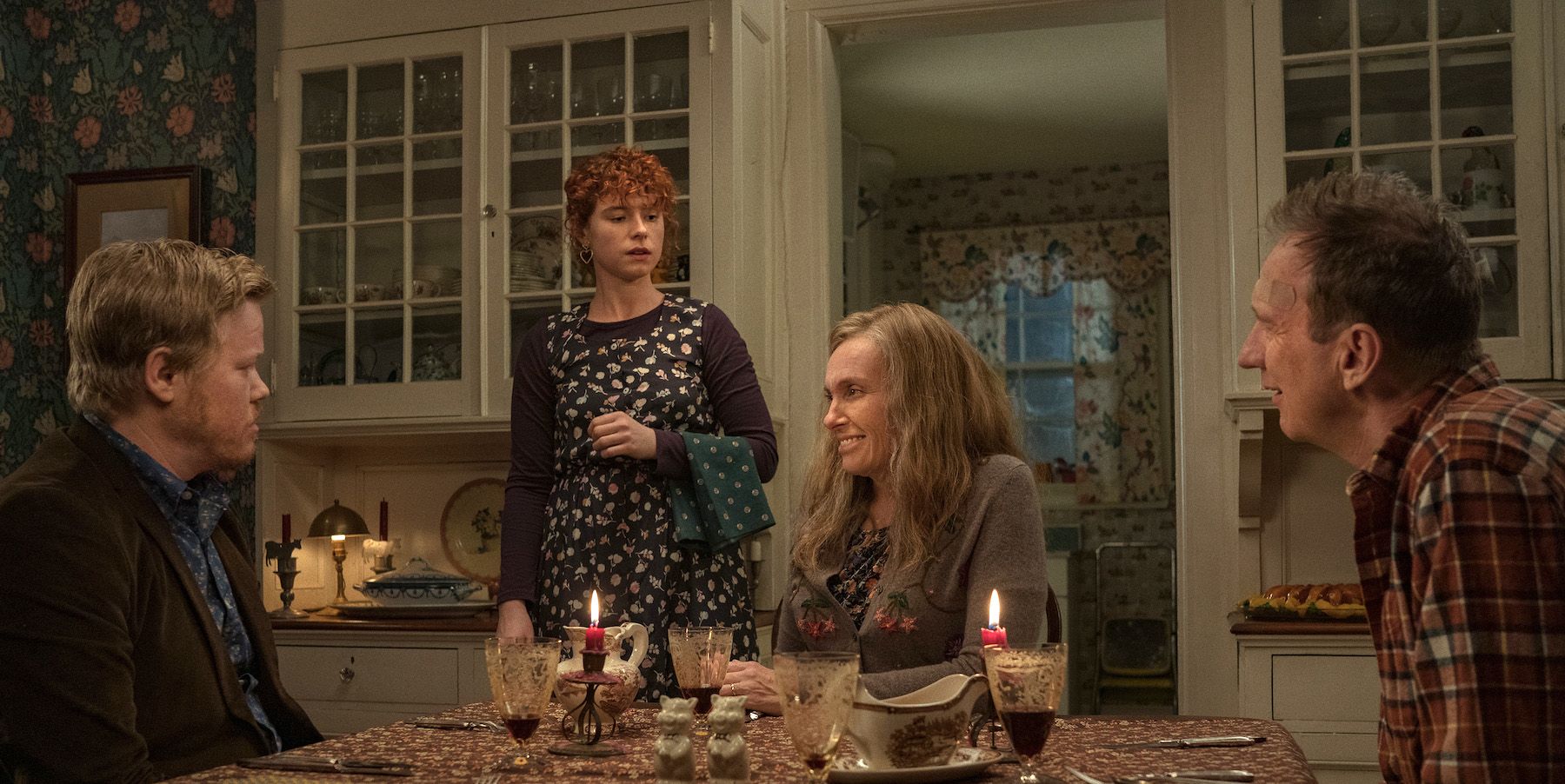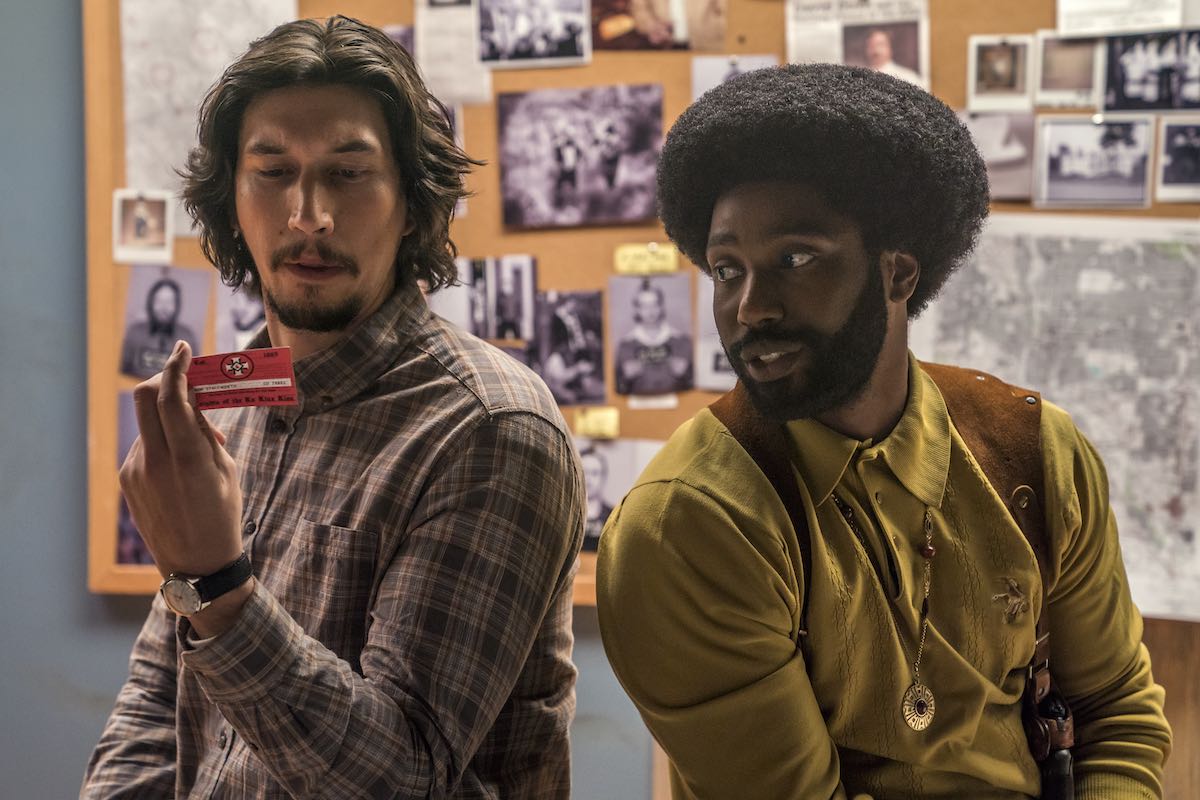
Bringing Jim Thompson to the screen cannot be an easy task. To date, the best adaptation of the 1950’s pulp novelist’s work is Stephen Frears’s The Grifters. That 1990 film combined Thompson’s hard-boiled dialogue (appropriately adapted by fellow crime writer Donald E. Westlake for the screenplay) with a stylized glaze of noir, resulting in an ultra-gritty, hyper-sexualized, and shockingly violent reality that did the bleak master of the criminal mind justice.
The Killer Inside Me was first very quietly adapted in 1976 by director Burt Kennedy (which this writer, to date, has not viewed). Michael Winterbottom’s 2010 adaptation of the 1952 book, however, seems to have been deemed the official and legitimate one— in spite of the fact that it falls somewhat short of the book’s brilliance.
The Killer Inside Me centers around Lou, an outwardly affable 1950’s small-town Texas Deputy Sheriff. He is engaged to a local woman of respected social standing. He lives in his late father’s former household/medical office, which is a beloved piece of the town’s history. No one has any reason to suspect Lou of anything sinister until a young prostitute shows up in town and ignites something in him that even he can’t fully comprehend. Dead bodies start trailing Lou along every path he takes.
Thompson’s book was praised by Stanley Kubrick as “probably the most chilling and believable first-person story of a criminally warped mind I have ever encountered.” This is precisely what makes the book such a great, down-and-dirty read: you’re inside the mind of psychopath. His rationalizations and internal justifications start to make terrifying sense after just a few chapters, and his inability to empathize starts to seem strangely logical. Like many great writers, Thompson’s work flourishes when he is channeling the dregs of society. Like all flawed movie adaptations, The Killer Inside Me suffers (especially if you’ve read the book) because it is unable to fully externalize its protagonist’s head.

Michael Winterbottom has repeatedly proven himself to be a director who only gets the best from his actors. His gift for eliciting performances that are full of life and spontaneity is part of what makes the film work as well as it does. While the film is filled with an array of excellent supporting talent (Bill Pullman, Kate Hudson, Jessica Alba, Elias Koteas, Simon Baker), it is truly Casey Affleck’s show with his portrayal of Lou. Affleck’s natural, dangerous charisma is a mask for the character’s fractured interior. He never plays it as an outright villain, as equally shocked as he is aroused by his actions. Affleck’s face is a map of the character’s internal thought process, and there’s enough going on behind it to communicate Lou’s pathology.
Unfortunately, Affleck’s performance is not quite enough to communicate the greatness of the book. Winterbottom’s approach to the material is so objectively loyal to Thompson’s narrative that it comes close to losing its point. The film could have benefitted greatly from a style that reflected Lou’s logic through some more innovative filming and/or editing choices.
The Killer Inside Me is an unflinchingly brutal book, and that’s one thing the film captures to full effect— almost too much so. The brutality alone, however, fails to capture what’s most terrifying about Thompson’s book: Lou’s brain.
As it stands as a film, The Killer Inside Me is a successful and darkly humorous character study of a wholly twisted mind that is highly underrated and under-viewed. Not quite a masterwork, it manages to serve as a worthy companion to Jim Thompson’s novel without being a completely satisfying or full realization of its brilliance.
BOOK GRADE: A
MOVIE GRADE: B+



